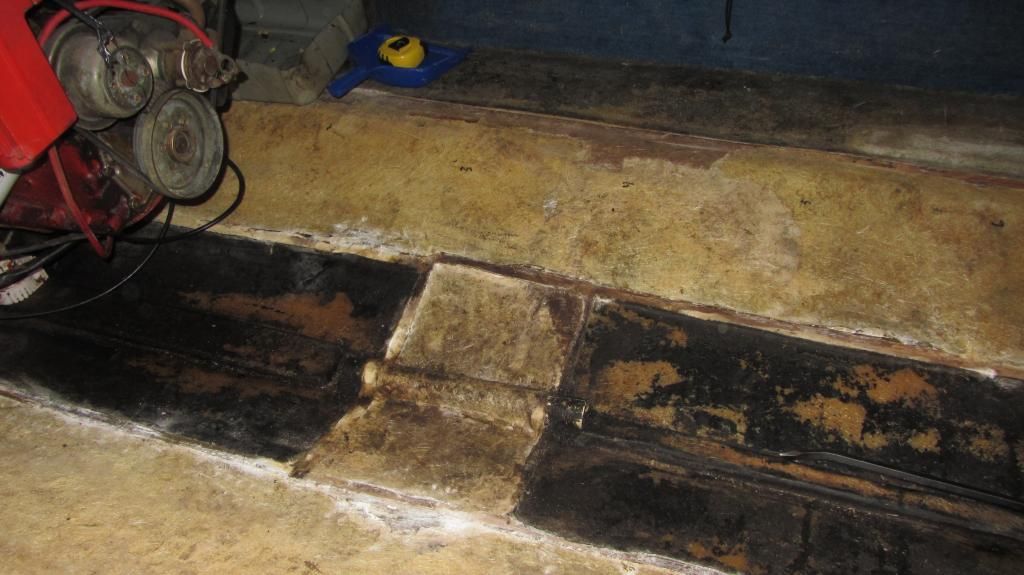Yeah, Sorry about the Download. Mega Does NOT Play well with APPLE!!! Sooo,,, I'll post the List here...
WOG’s Suggested Materials List for Total Restore of a 16-18’ 3 - Stringer Boat.
It's impossible to give an exact "Quote" of everything you'll need but this list will get you "Started" and from there, after you've done some "Glassin" you should have a good idea of what you'll need to "Finish-UP". This is MY guess-ti-mate and based on your skill level and how you do things your USAGE amounts WILL vary.
Here's the Starting List.
PPE
Respirator (Full Face Preferred $100) if not then double filtered 1/2 face and Goggles with vents taped over.
Latex Gloves (1 – 2 Box(s))
Leather Gloves 1 Pair
Full cover Hooded Tyvek suit. (Rubber Band or Tape the Wrists and Ankles, wet Towel around your neck)
Talcum Powder (coat yourself TOTALLY with talcum powder prior to every grinding Session. USE A LOT, It REALLY helps keep the ITCH off!!!!)
Demo Equipment
Prybars, Hammers, chisels, Putty Knives
Flat tipped shovel to remove foam, Old Carpenters Saw (The Old Fox Hole Army Surplus Shovels work well)
Circular Saw
Sawzall
Multi-Function Tool (Great for sawing close spots on decks and stringers)
Dremel Tool
Router
Drill
Random Orbit Sander
Rasps, Files
4 1/2" Grinder with Backup Pad and 24 grit resin coated sanding discs
Masking Tape
Shop Vac for dust control or Dust Collector if you're fortunate enough to have one. It's good to create a Plastic Tent over the boat to contain the dust. There WILL be a LOT of it....A LOT!!!!
Glassing and Wood Products
3-4 sheets 3/4" Arauco Ext. Grade Plywood or MDO, OR ACX, OR UnderLayment, OR Marine Grade)
(Possibly some ½” and ¼” for side panels and seat bases when and where needed”
15 -20 Gallons 435 Polyester Resin
10 qts Cabosil
1 lbs 1/4" chopped strand fibers
25 yds 1.5 oz CSM
15 yds 1708 Biaxial Cloth
2 dozen 1 qt plastic mixing buckets and stir sticks
1 - 1/2" x 5" Fiberglass "Bubble" roller
2 dozen Short nap 6" nylon roller covers and trays
2 dozen 3" Chip Brushes (cut ½ the length of the bristles off)















